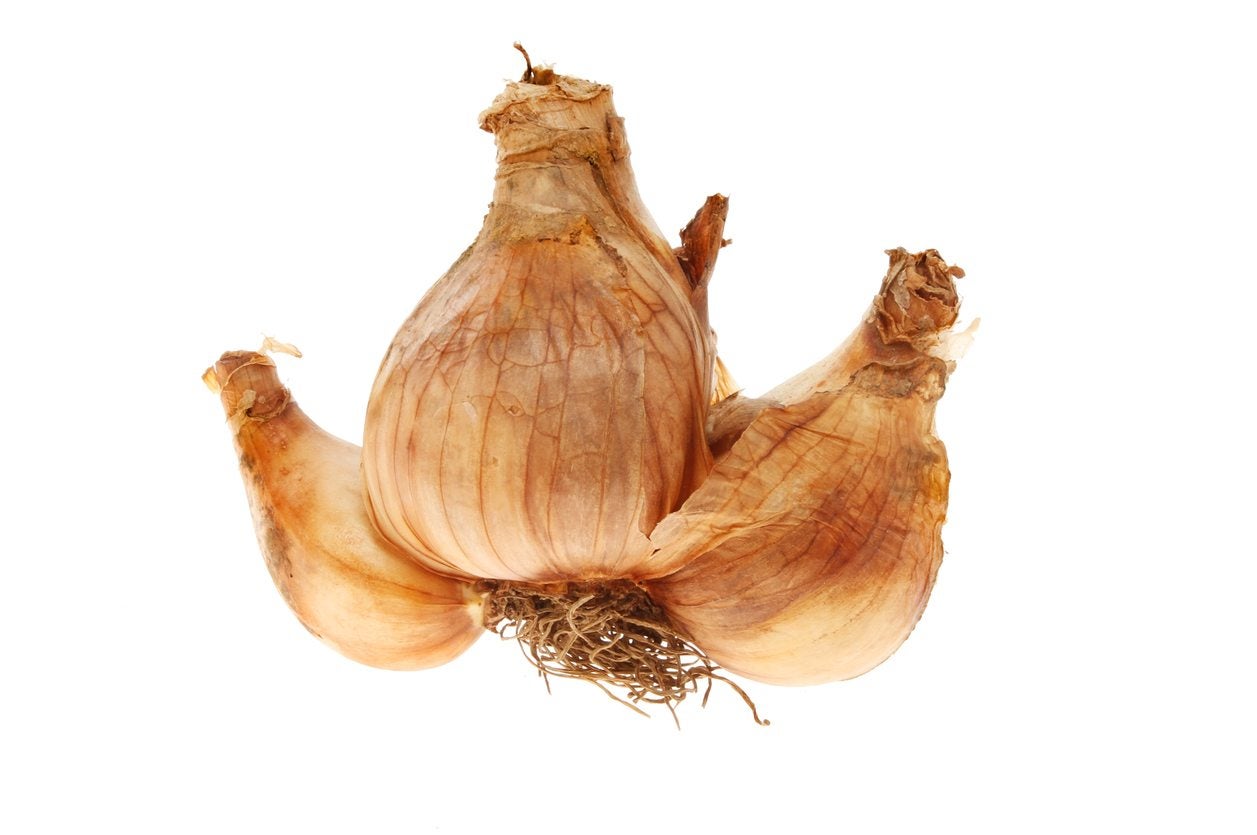Flower Bulb Division: How And When To Divide Plant Bulbs


Flowering bulbs are a fantastic asset to any garden. You can plant them in the fall and then, in the spring, they come up on their own and bring bright spring color without any extra effort on your part. A lot of hardy bulbs can be left in the same spot and will come up year after year, giving you low maintenance, reliable flowers. Sometimes though, even bulbs need a little help. Keep reading to learn more about how to divide flower bulbs.
When to Divide Plant Bulbs
How often should I divide bulbs? That really depends on the flower. As a rule, however, bulbs should be divided when they get so overcrowded that it’s noticeable. As bulbs grow, they’ll put out little offshoot bulbs that cluster around them. As these offshoots get bigger, the space the bulbs have to grow starts to get too crowded, and the flowers stop blooming as vigorously. If a patch of flowering bulbs is still producing leaves but the flowers have gotten lackluster this year, that means it’s time to divide. This is likely to happen every three to five years.
How to Divide Flower Bulbs
When dividing bulb plants, it’s important to wait until the foliage dies back naturally, usually in the autumn. The bulbs need that foliage to store up energy for next year’s growth. Once the leaves have died, carefully dig up the bulbs with a shovel. Each larger parent bulb should have several smaller child bulbs growing off it. Gently pry off these child bulbs with your fingers. Squeeze the parent bulb -- if it’s not squishy, it’s probably still healthy and can be replanted. Replant your parent bulbs where they were and relocate your child bulbs to a new spot. You can also store your new bulbs in a dark, cool, airy place until you’re ready to plant them again.
Sign up for the Gardening Know How newsletter today and receive a free copy of our e-book "How to Grow Delicious Tomatoes".

The only child of a horticulturist and an English teacher, Liz Baessler was destined to become a gardening editor. She has been with Gardening Know how since 2015, and a Senior Editor since 2020. She holds a BA in English from Brandeis University and an MA in English from the University of Geneva, Switzerland. After years of gardening in containers and community garden plots, she finally has a backyard of her own, which she is systematically filling with vegetables and flowers.